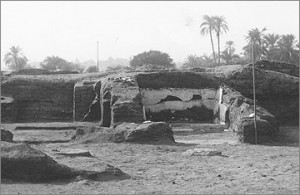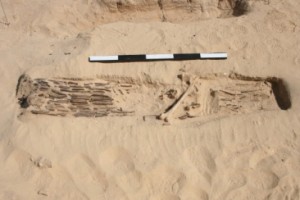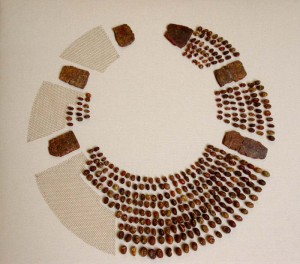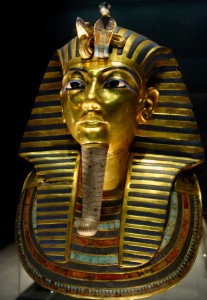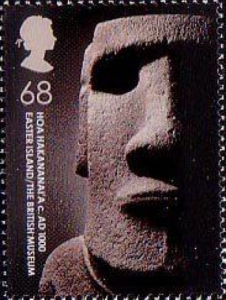
Salt
Human beings need salt to survive. As hunter-gatherers, people naturally consumed enough salt in their diets by eating the flesh of animals they hunted. But the change to agriculture and a plant-dominated diet meant that salt often needed to be added.
Continue reading →


